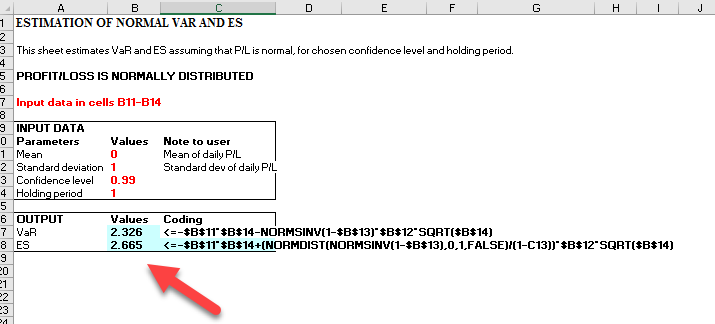Kavita.bhangdia
Active Member
HI David,
1. If I have two portfolios : P1 with ES = ES1 at 95% confidance interval and P2 with ES = ES2 at 99% confidance interval.
How do we calculate the total Expected shortfall for the two portfolios.. Shall we convert 99% ES2 to 95% ( divide by 2.33 and multiply by 1.645) and add to 95% ES? Will they be linearly added? What if we have a correlation between the two portfolios?
2. I know Jorion says that while calculating VaR we should always take the absolute value of the portfolio ( irrespective of whether we are long or short).
If I have two portfolios
a) portfolio of long equities VaR1 and
b) portfolio of short equities VaR2
Then my total VaR should be VaR1-VaR2 because they are negatively correlated.. ( assume perfect negative correlation)
Am I correct?
Thanks,
Kavita
1. If I have two portfolios : P1 with ES = ES1 at 95% confidance interval and P2 with ES = ES2 at 99% confidance interval.
How do we calculate the total Expected shortfall for the two portfolios.. Shall we convert 99% ES2 to 95% ( divide by 2.33 and multiply by 1.645) and add to 95% ES? Will they be linearly added? What if we have a correlation between the two portfolios?
2. I know Jorion says that while calculating VaR we should always take the absolute value of the portfolio ( irrespective of whether we are long or short).
If I have two portfolios
a) portfolio of long equities VaR1 and
b) portfolio of short equities VaR2
Then my total VaR should be VaR1-VaR2 because they are negatively correlated.. ( assume perfect negative correlation)
Am I correct?
Thanks,
Kavita



